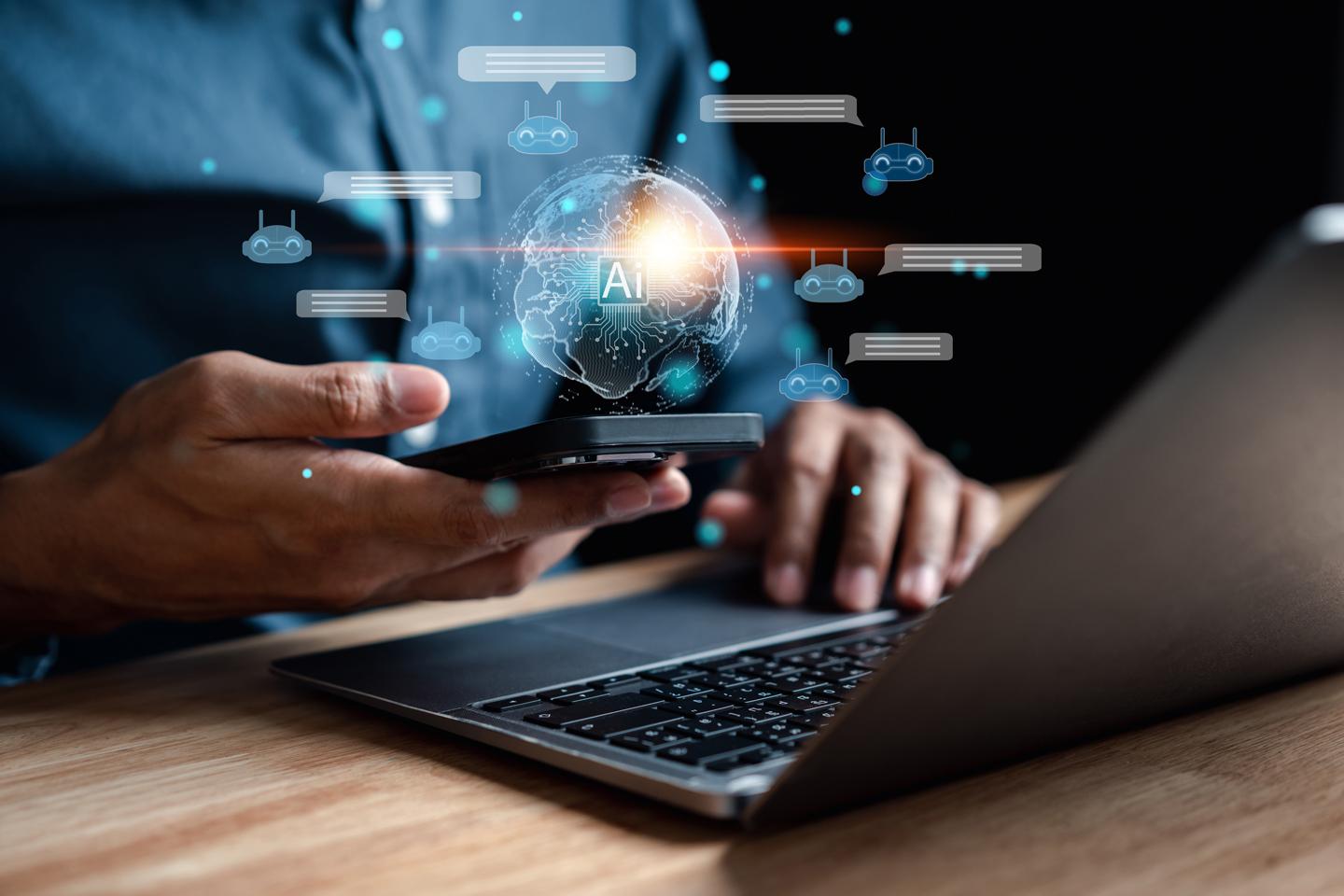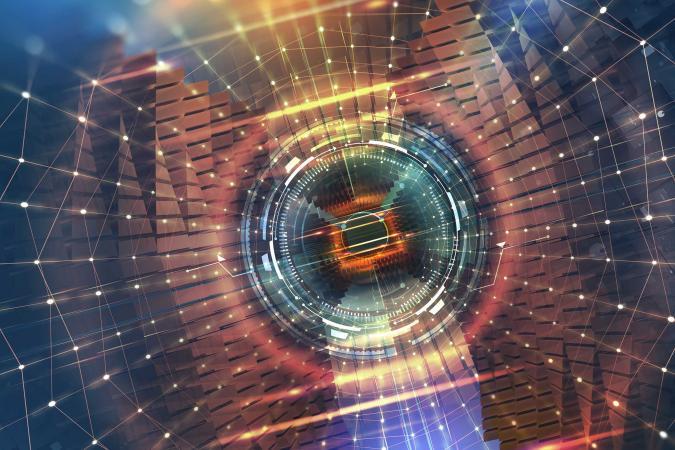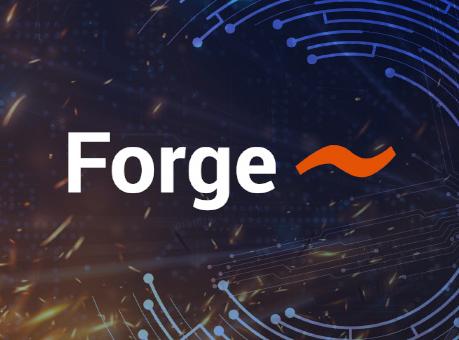
Generative AI Renaissance
Innovation at LMI, Artificial Intelligence, Generative AI (Gen-AI)The future has arrived in the form of generative artificial intelligence (GenAI). It is clear GenAI is historic when some of the biggest innovators and technologists of our generation write an open letter asking to pause GenAI experimentation. Some call this a revolution, but it is much more. We’re experiencing a renaissance, characterized by the rediscovery and development of the arts and sciences and the rediscovery of creativity and innovation through the disruptive power of AI. And, unlike IBM’s Deep Blue defeating world chess champion Garry Kasparov or the gradual emergence of autonomous vehicles, this breakthrough in AI will touch all of our lives no matter how skilled we are in using technology. AI is now accessible to the masses, and it will fuel creative and unpredictable outcomes during this wave of innovation.
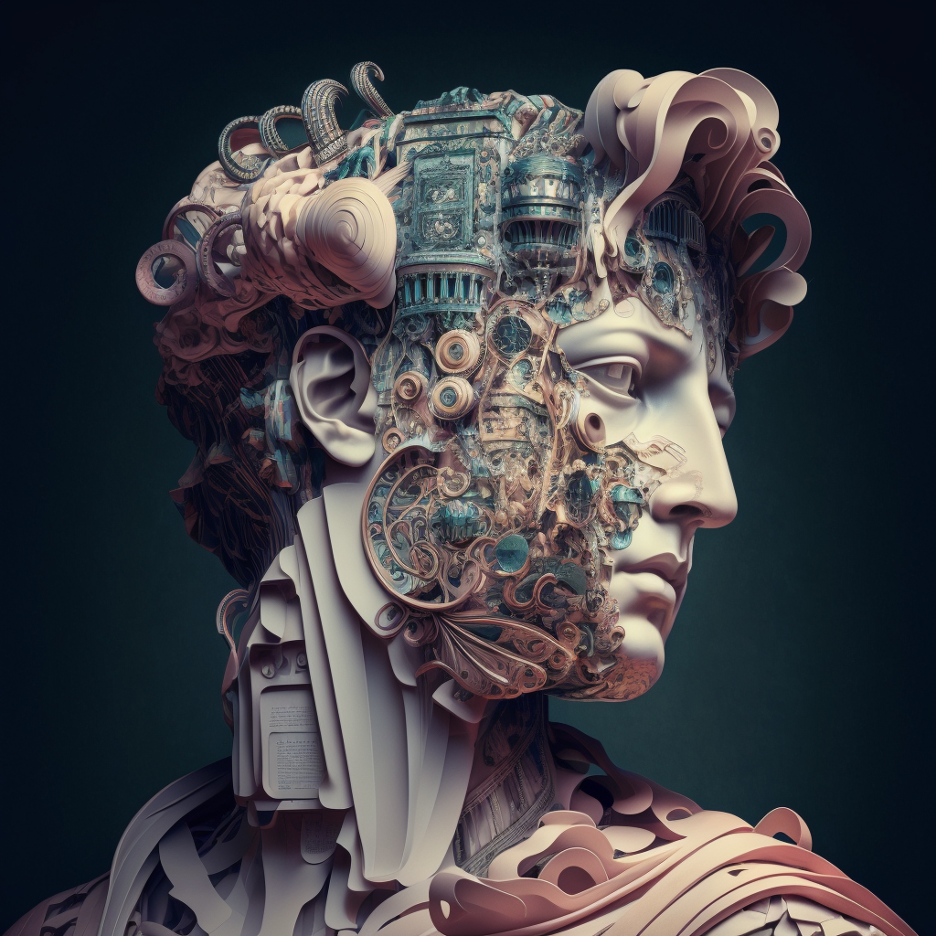
(generated using Midjourney)
Merging Disciplines
One of the defining characteristics of a renaissance is the merging of previously separate disciplines that results in a new and powerful synergy. In the case of GenAI, we are seeing the merging of art and science, as well as the convergence of multiple fields within AI. For example, AI company Synthetaic has created a tool that allows users to find virtually any large object that exists in any satellite photo of the Earth within just one day. The amazing part is that this tool, and others being developed, do not require large, labeled data sets to find what they are looking for. Think about implications for society when AI tools allow people to ask image-based search tools to find any types of objects around the globe, just as we ask search engines for recommendations today.
Democratization of Knowledge
Another characteristic of a renaissance is the democratization of knowledge and tools. In the case of GenAI, we are seeing the democratization of AI tools and knowledge, which is enabling more people to participate in the development and use of AI. For example, GPT-4, developed by OpenAI, has made it easier for non-experts to use natural language processing in their work, such as to generate text, answer questions, and even create chatbots. And its adoption is like almost nothing we have seen before in the workplace or in society. ChatGPT’s growth has been astounding—it crossed 1 million users with 5 days of launch (November 30, 2022), then set the record for the fastest-growing platform by gaining 100 million users by January, just two months later. In February 2023, the website achieved a milestone of 1 billion visits, which was followed by an even higher number of 1.6 billion visits in March 2023. These figures suggest that the increasing trend is not merely temporary, but may represent a fundamental shift in the way we work and engage with online platforms that is likely to continue unabated.
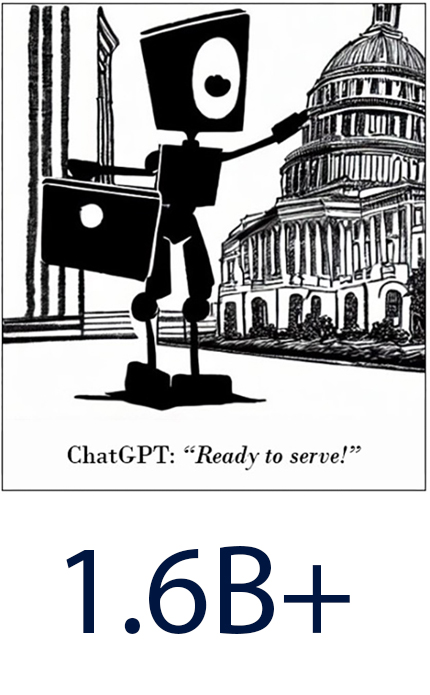
New Ideas
A third characteristic of a renaissance is the development of new ideas and methods that break from the past. In the case of GenAI, we are seeing the development of new use cases for AI that only seemed possible in science fiction as recently as a few months ago. For instance, ChatGPT passed the Uniform Bar Exam and scored in the 90th percentile! And amazingly, individual users, academics, and small companies are making many of the most interesting advancements, not just big companies.
For example, these five AI generated tools are worth checking out:
- Rezi – AI powered resume writing and editing
- Buzzy – Turning ideas into app/websites
- Testportal – Generate quizzes from training materials
- Midjourney – Create beautiful images with text prompts
- Animated Drawings – Generate animations with your own drawn characters.
New Industries
A fourth characteristic of a renaissance is the emergence of new applications and industries. In the case of GenAI, we are seeing the emergence of new applications in fields such as healthcare, finance, and entertainment, as well as the development of new industries and roles focused on AI research and development. For instance, a “prompt engineer,” is a professional responsible for training AI tools, like ChatGPT, using text-based prompts. They do not need to possess technical coding skills. Instead, they write instructions that the AI model uses to generate content such as sales emails and blog posts with the appropriate tone and information, refining the AI tool’s responses to produce more effective content. And, with the number of job postings referring to “generative AI” increasing 36-fold in comparison to last year, a host of companies are now looking to hire prompt engineers, according to LinkedIn data.
In San Francisco, Anthropic, an AI startup supported by Google, offered a maximum salary of $335,000 for the position of prompt engineer.
Sense of Optimism
Finally, a renaissance is characterized by a sense of optimism and a belief in the power of human creativity and innovation. In the case of GenAI, we are seeing a growing sense of optimism about the potential for AI to solve some of the world’s most pressing problems, from climate change to disease. While there are certainly challenges and risks associated with developing and using AI, the GenAI renaissance reminds us that with creativity, ingenuity, and a commitment to progress, we can overcome these challenges and build a better future.
The GenAI renaissance is here, and the possibilities surrounding its applications are exciting. We are witnessing the merging of art and science, the democratization of knowledge and tools, the development of new ideas and methods, the emergence of new applications and industries, and a growing sense of optimism about the power of human creativity and innovation. Let us embrace this renaissance with open minds and open hearts and work together to build a better and inspiring future.
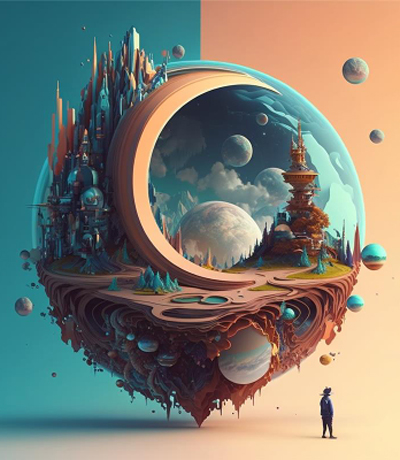


Keith Rodgers
Sr. Vice President, Digital & Analytic SolutionsKeith brings nearly two decades of experience in leveraging innovative techniques to assess organizational performance and challenges.


Brian Tonge
Vice President, Enterprise OperationsBrian has nearly 15 years of experience leading enterprise and organizational transformation initiatives. He helps leaders assess, design, and improve approaches that enhance business performance and outcomes, specializing in the adoption of tailored analytic tools.
